Incorporating Science Learning into Everyday Playtime

We love how you’re naturally weaving science into your child’s everyday play! Whether you’re building towers with blocks, exploring shadows, observing different flowers, playing with magnets, helping water the plants, or even making ice — these simple moments inspire curiosity and learning. It might not seem structured, but you’re nurturing a young scientist, and that’s something to be proud of!
Children are naturally curious. They have a lot of ‘WHYs’ and ‘HOWs’ to ask, and that’s a good thing. It is a chance for you to introduce them to new concepts, even if it is just basics.
In today’s blog, we are going to help you incorporate science learning into your kid’s everyday playtime in a more structured manner. It will help you cover a wide range of concepts with them and reinforce them. As for your children, it will push them to think scientifically and independently and devise their own theories.
#1 - Fun Learning Experiments
Nothing brings science to life the way experiments do. They explain or rather show, complex concepts in a visually simple manner, helping children observe and learn. When paired with explanations and explorative questions, these experiments make learning easy and fun. You can try to do 1-2 simple experiments every month and follow up with concept explanations, questions, and quick trivia questions to see how well they have learned.
The best part? Some of these experiments require nothing more than the ingredients you already have in your kitchen and things you have at home. Moreover, most of the DIY experiments are safe for children to perform under parental guidance.
So, think about the kind of concepts you want to introduce your children to or something they are already passionate about. Teach them how to write secret messages with invisible ink. Show them how a volcano erupts or teach them why apples turn brown in the air. The options are endless!
If you are looking for some inspiration, read our blog on 10 Exciting Science Experiments for Kids During British Science Week for experiments you can perform at home.
#2 - STEM Toys
Childhood is all about fun and play. And STEM toys are a good way to incorporate science into everyday playtime. STEM stands for Science, Technology, Engineering and Math. STEM toys improve our ability to develop unique ideas and craft alternative ways to handle a variety of other topics. Moreover, it encourages innovation and supports critical thinking.
Your children may not realise it, but every time they take these toys out to play, they will be:
-
Learning new things
-
Reinforcing what they have learned
We have a variety of STEM toys for you to choose from at Skillmatics. Below is a quick overview of some of them.
A. Science Snippets Kit | The Human Body
Make learning fun with double-sided cards that answer the "what," "why," and "how" of the human body! These cards cover a wide range of topics, including anatomy and systems, health, hygiene, immunity, growth and development, blood circulation, and the body's defences.
What’s included in the package?
-
70+ Double Sided Cards
-
Stand n' Learn Magnetic Box (a box that transforms into a tri-stand card holder)
B. Piece & Play: Up In Space
This big floor puzzle is perfect for sparking curiosity and endless excitement. As one of the best kids' puzzle games available, it encourages hands-on learning and creativity. Our thoughtfully designed space-themed kids' puzzle game lets your child explore the vast universe of astronauts and space travel.
What's included in the package?
-
48 Jumbo Puzzle Pieces
-
24 Double-sided Game Cards
-
Instruction Manual
C. Guess in 10: Junior Food We Eat
Ages 3 to 6 is a period of rapid brain development for kids. Guess in 10 is an exciting card game of questions, requiring your child to ask up to 10 questions to guess the food on the game card!
What’s included in the package?
-
35 Game Cards
-
10 Guider Tiles
-
Handy box to store it all
You may also want to explore the following games:
-
Guess in 10: Animal Planet
-
Guess in 10: All About Space
#3 - Storytelling
Stories are another interesting way to inculcate fun learning. This is a good way to encourage creative thinking and process planning in your children. Here’s how you can incorporate science into stories:
-
Start with a simple science concept.
-
Explain it to your children and ask if they have any questions
-
Next, ask them to create a story about it.
-
Brainstorm the characters, their names, and their unique characteristics.
-
Move on to other aspects of the story like where it is taking place.
-
Encourage your child to start the story and help them build on it.
#4 - Roleplay
Usually, it is you, the parent, who takes upon the role of a teacher while your children become students. How about we reverse it? Let your children become teachers and explain what they have learned to you.
This is a good way to gauge their understanding of a topic and help them get better at explaining them which also helps them revise and memorise better. You can also keep some questions ready — a mix of straightforward and analytical — to ask. Make a note of the questions they were unable to explain well and go back to these questions in your next fun learning session.
#5 - Field Trip
Want to teach your children about animals? Take them to the zoo.
Want to teach them about flowers? Take them to a garden or a florist.
Want them to learn and recognise different vegetables and fruits? Bring them to a supermarket.
Whenever possible, take them to a natural setting and show them instead of just telling them. Let them observe, touch, and feel (if it is safe), and tell you what they think of it. Based on their response and what they know, build on it with further information. Throw in some fun facts to surprise them and keep them engaged.
Conclusion
Experiments, toys, stories, roleplay, and field trips are some of the popular ways to incorporate science into everyday playtime. You can use a mix of these techniques to improve your child’s understanding and learning of the topics.
Additionally, you can arrange for quiz nights or post a ‘question of the day’ on your fridge to revise these topics. Make sure to ask something you haven’t taught them yet every once in a while. And when they are unable to answer them, provide them with the resources to find the answers themselves. It will bring about a sense of healthy competition and push their limits, too.
We, at Skillmatics, are dedicated to developing learning and play experiences for children of all ages. Explore our range and make learning a fun time for your children!
FAQs
1. How can I help my kids learn science?
There are multiple ways to teach your kids science in a fun way. For instance, using STEM toys like puzzles, strategy games, quiz sets, and more. Alternatively, you can perform small experiments with them, use explanatory videos, and engage them in storytelling. If you are looking for STEM toys, Skillmatics has you covered. You can explore our entire range here.
2. How will incorporating science help my child?
Science is everywhere, from the minute your kid wakes up to the time they go to sleep. Introducing them to different scientific concepts and topics will help them understand the world better. Moreover, it will spark and develop curiosity, creative thinking, and problem-solving skills in them.
References
PRODUCTS:

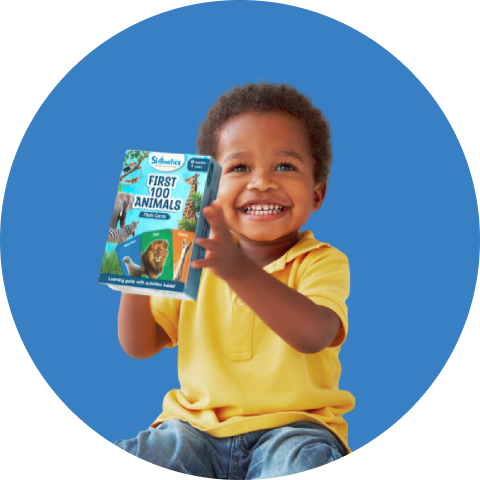 Ages 0-3
Ages 0-3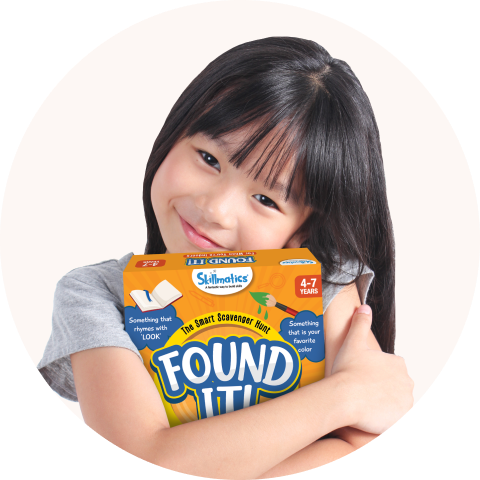 Ages 3+
Ages 3+ Ages 6+
Ages 6+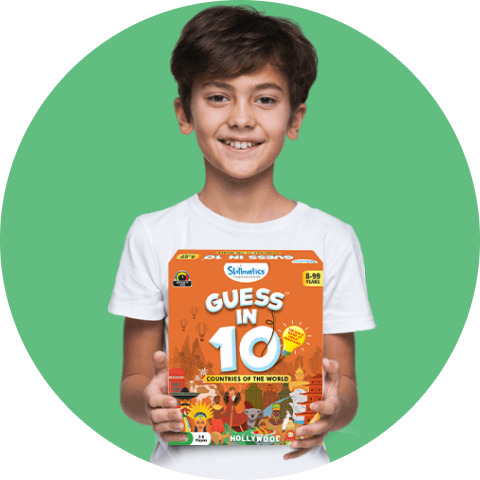 Ages 8+
Ages 8+ Arts & Craft
Arts & Craft Puzzles & Pretend Play
Puzzles & Pretend Play Toddlers & Infants
Toddlers & Infants Learning Products
Learning Products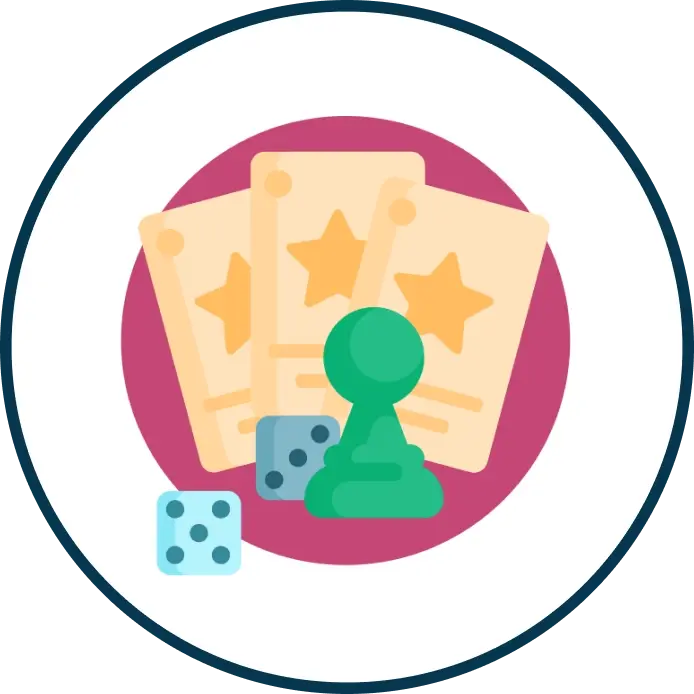 Card & Board Games
Card & Board Games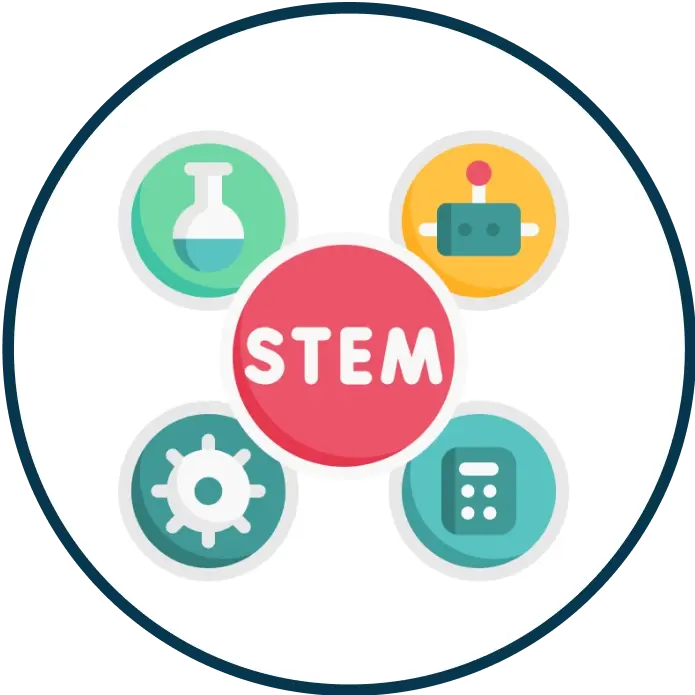 STEM Toys
STEM Toys